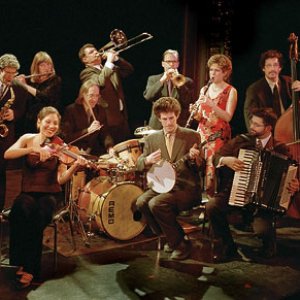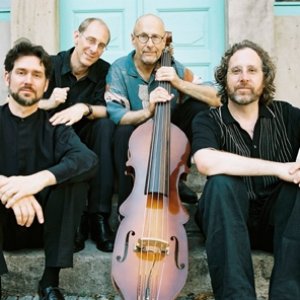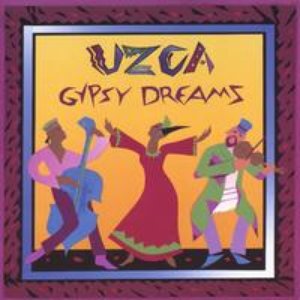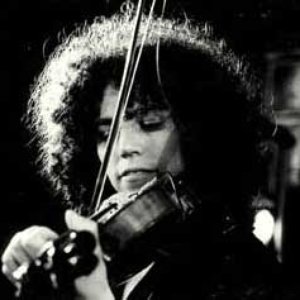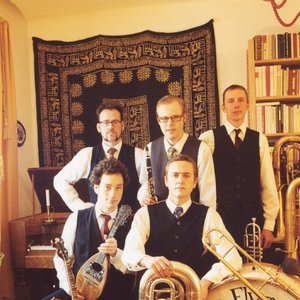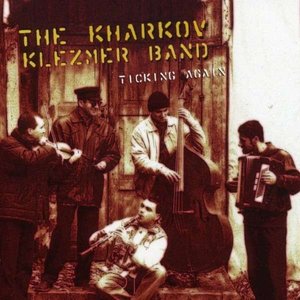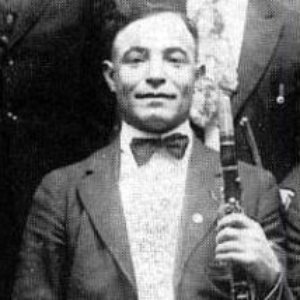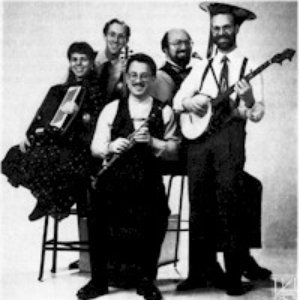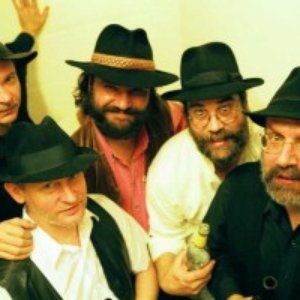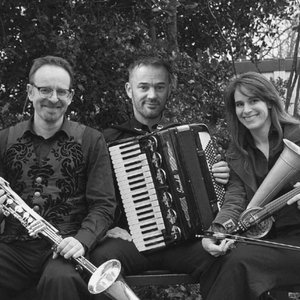Biography
-
Born
1897
-
Born In
Vinnyts'ka Oblast', Ukraine
-
Died
13 February 1989 (aged 92)
Dovid Tarraschuk (1897–1989), better known as David Tarras, was one of the best respected and most famous klezmer musicians in America, widely known for graceful, soaring music with its powerful evocation of shtetl life.
Tarras came from the small town of Ternovka, near the Ukrainian city of Uman. He was exposed to klezmer music early in his childhood because his father was a klezmer trombonist and batkhn. Tarras played for a while in his father's family kapelye (band). He played balalaika, cobza, guitar, mandolin and flute. In 1915 Tarras (already playing clarinet) was conscripted into the Czar's army. Like many klezmorim before him, his music skills gave him the opportunity to serve as a musician in the military ensemble instead of in the trenches. Eventually the Russian Revolution, pogroms and an unstable economic environment forced Tarras to immigrate to New York City in 1921. There he first worked in a garment factory as a janitor because he did not think he was good enough to be a professional musician.
But soon Tarras found out he was better than most, and he earned a lot more money playing the clarinet. Tarras's ability to transpose and read music made him a much in-demand player, launching his career as well as a longtime rivalry with colleague and fellow clarinetist Naftule Brandwein. Tarras's sight-reading skills and completely placid disposition soon won him Brandwein's chair in Joseph Cherniavsky's ensemble, the Yiddish American Jazz Band. Soon after, Tarras was recording with Abe Schwartz—after Schwartz had fired Brandwein. As Tarras's reputation grew, so did his list of employers. He worked and recorded for Joseph Rumshinsky, Abe Ellstein Orchestra, Alexander Olshanetsky Orchestra, Al Glaser's Bucovina Kapelle, Moishe Oysher, Sholom Secunda, Molly Picon, Seymour Rechzeit, Maurice Schwartz, Aaron Lebedeff, the Barry Sisters and many others. Along with his Jewish records, Tarras also recorded Greek, Polish and Russian tunes.
Klezmer aficionados, particularly clarinetists today, often like to argue who was better, Brandwein or Tarras—and who was truer to the music. Tarras's style of playing was smoother, more dignified, with a slow vibrato, while his phrasing was deliberate and rhythmical. His playing was not like that of Brandwein's, which was influenced by the traditional klezmer violin playing in the Polish region of Galica. Tarras already played less traditionally when he lived in Ternovka, perhaps because he had played in a military band that emphasized ensemble playing rather than individual soloists.
Tarras is widely credited with the growth of the bulgar as a popular style of Jewish dance tune. Bulgars were not as popular as the freylekhs and were more often played for mixed ethnic groups in Eastern Europe. Rooted in Bessarabia, the bulgar came to be synonymous with American klezmer by the 1940s, especially since Tarras composed and recorded many of these tunes. His virtuosic stature and popularity was so great that many musicians and the Jewish public often merely referred to klezmer as the bulgars. Tarras was the most popular klezmer clarinetist from the mid-1930s to the end of the 1950s to be heard on recordings, radio, in the Catskills, Yiddish theater, at weddings and other social events. His style of playing has influenced a generation of klezmer bale-kulturnik clarinetists, most notably his protégé Andy Statman. —Yale Strom
Artist descriptions on Last.fm are editable by everyone. Feel free to contribute!
All user-contributed text on this page is available under the Creative Commons Attribution-ShareAlike License; additional terms may apply.

